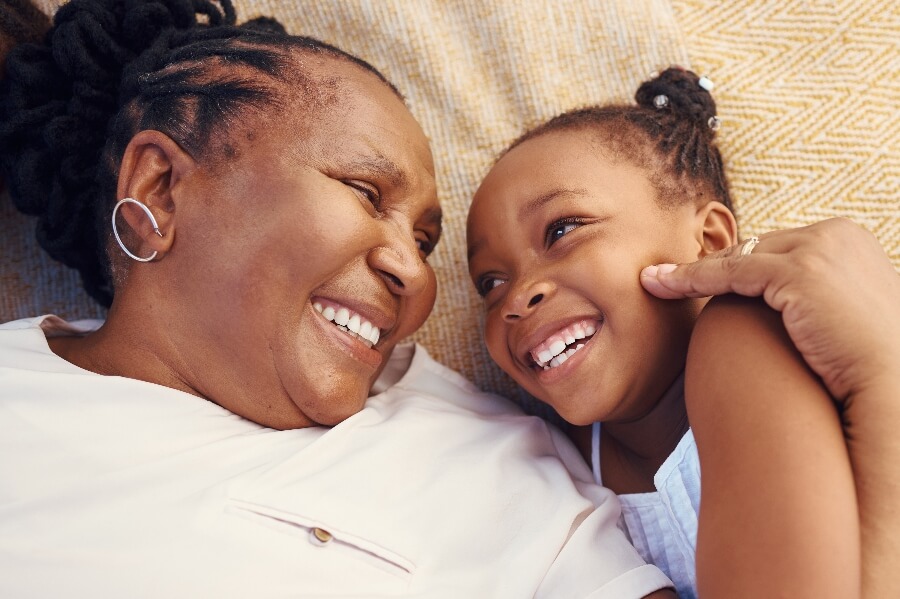We know that Western countries like to think of themselves as “advanced” and “evolved.” But in terms of how the number of women in governing bodies compares to the number of men, they’re far from it. Only four countries in the world have equal representation in their legislatures. How many are Western nations? A big fat goose egg.
This info comes from the Inter-Parliamentary Union (IPU), which is made up of 179 national member parliaments and 13 regional parliaments. Every year, the organization takes a look at how countries are doing in achieving parity in their legislative bodies. This year’s report looks back at 25 years since the World Conference on Women’s Right in Beijing, where a groundbreaking action plan for gender equality was introduced.
The report notes that across the globe, the percentage of women in parliaments reached 24.9 per cent in 2020, up from 11.3 per cent in 1995. But in only these four countries do women now account for 50 percent or more of representatives in their lower or single chambers: Rwanda, Cuba, Bolivia, and the United Arab Emirates. Not countries usually associated with progressiveness.
OK, things are getting better. In 1995, not one country had reached gender parity. Still, it’s kind of pitiful that we have to take solace in such a measly progress.
Read More: The Ambition Trap: How It Gets Women Like Kamala Harris and Hillary Clinton
Gender Parity: As Slow as a Dripping Faucet
Progress is so slow that the IPU estimates it will take 50 years at the present rate before the figure shows that 50 percent of legislators world-wide are women.
“Although progress has been steady over the past few years, it is still excruciatingly slow,” the Inter-Parliamentary Union, made up of 179 national member parliaments and 13 regional parliaments, said in its report.
IPU secretary-general Martin Chungong said quotas were important to make more headway.
“We have seen in 2020 again confirmation of the fact that quotas, when legislated, well-designed and ambitious, have the potential to drive up women’s political and parliamentary representation,” he told Reuters.
Chungong hailed progress in places such as the United States, where women now hold 26.9 percent of seats in the two house of Congress, a record high. But other countries were backsliding, including Jordan and Burkina Faso, he said.
Overall, the Americas had the highest portion of women in parliaments with 32.4 percent. The Middle East and North Africa had the lowest with 17.8 percent.
Well, at least the U.S. is on the good end of this scale. But obviously that’s not enough. Let’s do all we can to make sure that we see a gender balance before our great-granddaughters come of age.
Read More: 100 Years After the 19th Amendment, Why Some Wives Still Vote Like Their Husband





















0 Comments